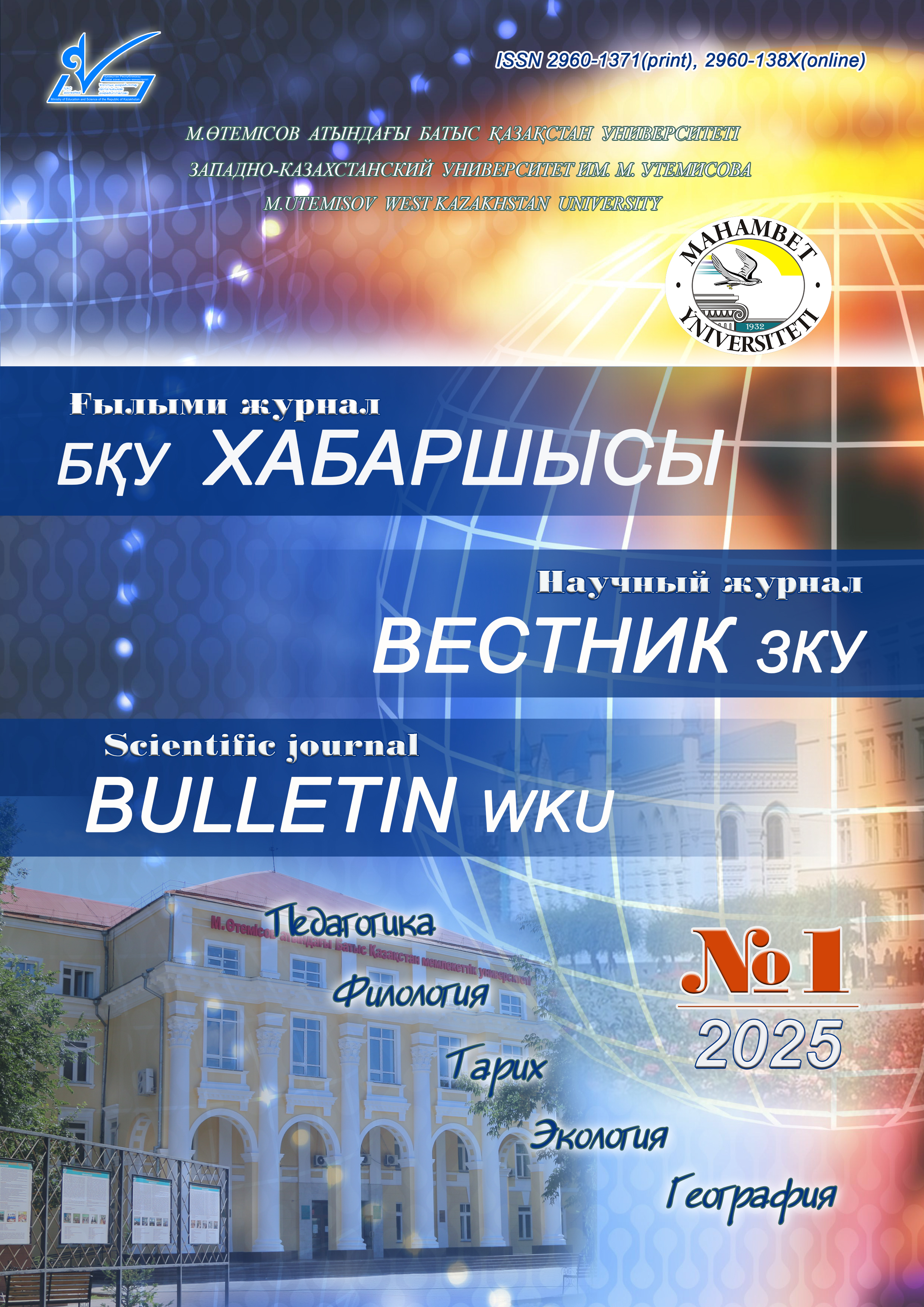ANALYSIS OF THE INTERRELATIONSHIPS OF METEOROLOGICAL PHENOMENA OF THE COLD PERIOD
Abstract
Meteorological phenomena that are observed and occur in the atmosphere often pose a danger to people or the functioning of geosystems. Particularly dangerous weather events include strong winds, fogs, ice, heavy rains, thunderstorms, hurricanes, storms, snowstorms, hail, and others. Such weather phenomena are observed seasonally, that is, at certain times of the year, and have their own distinctive features, such as phenological phenomena, summer thunderstorms, autumn leaf fall, and snow in winter. In the operation of many environmental management measures (design and construction of hydraulic structures, industrial and transport facilities, in civil aviation, agriculture, recreational and tourism activities, etc.), the choice of an economic decision strategy has to be made, taking into account the impact that meteorological phenomena directly have or will have on natural objects, humans and production processes. At the same time, only long-term regime characteristics can serve as information, that is, climatological information: in the future, a climatological forecast is created based on their data.



